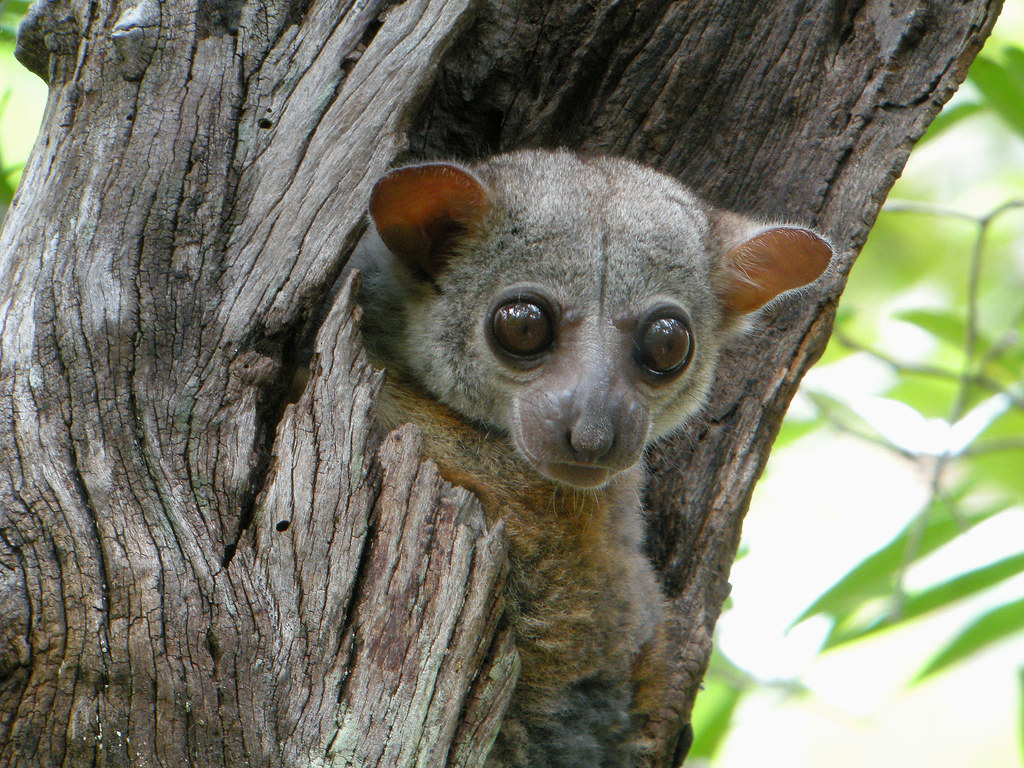Guest post by Luis Verde Arregoitia and Carmen Galán Acedo
Human activities are transforming natural landscapes worldwide. These changes in land use push some animals to live in modified landscapes, which are usually an irregular mix of natural vegetation and modified (anthropic) land covers such as plantations, pastures, and urban areas. Animals vary in their tolerance and ability to live in or use human-modified landscapes, and this variation depends on their biology and ecological traits. For instance, larger animals with generalist ecological preferences are more likely to use patches of degraded or transformed habitat when they are foraging for food or resting. The higher the ability of a species to use anthropic land covers, the lower their probability of becoming extinct in human landscapes. Therefore, it is urgently needed to identify which species may be particularly sensitive to habitat modification and why.
For a recent research article, entitled “The conservation value of human-modified landscapes for the world’s primates”, a team of landscape ecologists, mammalogists, and conservation biologists examined how primates use or avoid transformed land covers around the world. We searched for reports of primates using these covers (for example, primates using secondary forests or human settlements) and recorded which activity primates were doing, such as feeding or resting. To predict how likely species are of using of anthropic land covers, we collected data on the ecological traits of all the world’s primates (for example, body size and nocturnality) in a public database titled “Ecological traits of the world’s primates”.
We found that at least 147 primates species use or enter patches of human-modified land around the world. Secondary forests and tree plantations are the more used covers, and very few species used human settlements. This is not surprising, as covers similar to the species original habitat offer more food resources, having a positive effect on primates’ diet and reproductive success. Interestingly, compared to all the world’s primates, we found that species which use modified covers are less often threatened with extinction and are more likely to have stable or increasing populations. These species tend to be diurnal, medium or large in size, not strictly arboreal, and habitat generalists.

When evaluating patterns across regions, species in Madagascar were the least likely subset to use transformed habitats, particularly human settlements and open areas. Across different taxonomic groups, a notable finding was that sportive lemurs (family Lepilemuridae) were essentially averse to entering urban areas, tree plantations, or croplands during their daily cycles. Like many other lemurs, all known species of sportive lemurs are arboreal, nocturnal, and dependent on forests. Facing widespread habitat loss and degradation, this set of ecological traits can place threatened species such as the Sahafary Sportive Lemur (Lepilemur septentrionalis) and the Ankarana Sportive Lemur (Lepilemur ankaranensis) at even greater risk.
These results are important because Madagascar is the only place on the planet that is home to wild lemurs. Lemurs represent roughly one fifth of the world’s primates. However, forest destruction and degradation have driven this unique group towards becoming the most threatened mammal group in the world, with most species facing extinction in the near future unless effective conservation actions are taken.
The latest edition of the EDGE list considers 568 species of mammals as EDGE species. Of these, 103 are primates and 66 are lemurs. To protect them, priority conservation actions should focus on preventing deforestation (through creation of reserves, for instance) and increasing forest cover through restoration. In another publication entitled “A global assessment of primate responses to landscape structure”, we found that forest loss is the main threat to primates’ persistence in human-modified landscapes. We can use this information on how species cope with human-modified landscapes to increase landscape functionality. For example, if lemurs use mainly tree plantations and connectors, replacing highly-modified covers such as pastures with tree crops and habitat corridors can help this highly threatened group survive in the Anthropocene.